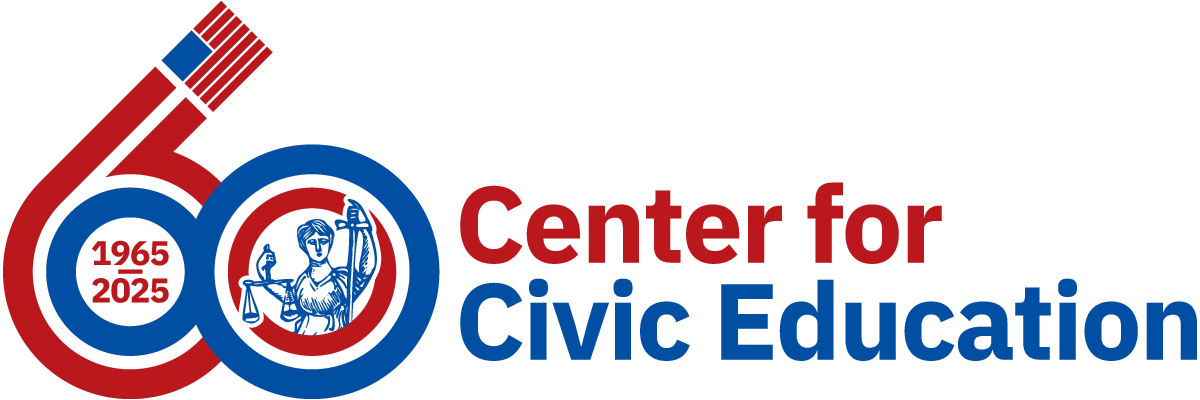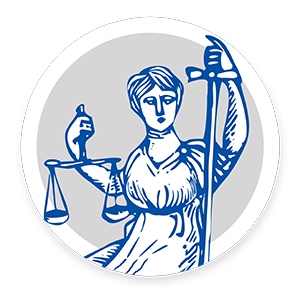The Resource Center » Level 3 » Unit 6 »
Lesson 36: How Have American Political Ideas and the American Constitutional System Influenced Other Nations?

Lesson Purpose
When you have finished this lesson, you should be able to identify which aspects of the American constitutional system have been influential elsewhere. You should be able to explain why some countries and international organizations have chosen to modify the American system or to use other types of democratic systems. You also should be able to explain how the Bill of Rights has influenced other countries and how some countries have adopted bills of rights that are considerably different. Finally, you should be able to evaluate, take, and defend positions on why some aspects of American constitutional democracy that have been effective in the United States have not been used in other countries.
Lesson Objectives
- identify which aspects of the American constitutional system have been influential elsewhere,
- explain why some countries and international organizations have chosen to modify the American system or to use other types of democratic systems,
- explain how the Bill of Rights has influenced other countries and how some countries have adopted bills of rights that are considerably different, and
- evaluate, take, and defend positions on why some aspects of American constitutional democracy that have been effective in the United States have not been used in other countries.
Lesson Terms
Lesson Biographies
Lesson Primary Sources
The Declaration of Independence is a proclamation passed by Congress on July 2, 1776, and issued on July 4, announcing the separation of the "United Colonies" from Britain and the formation of a new nation, the United States of America. The document listed reasons for the separation and a philosophical argument in defense of the action.






